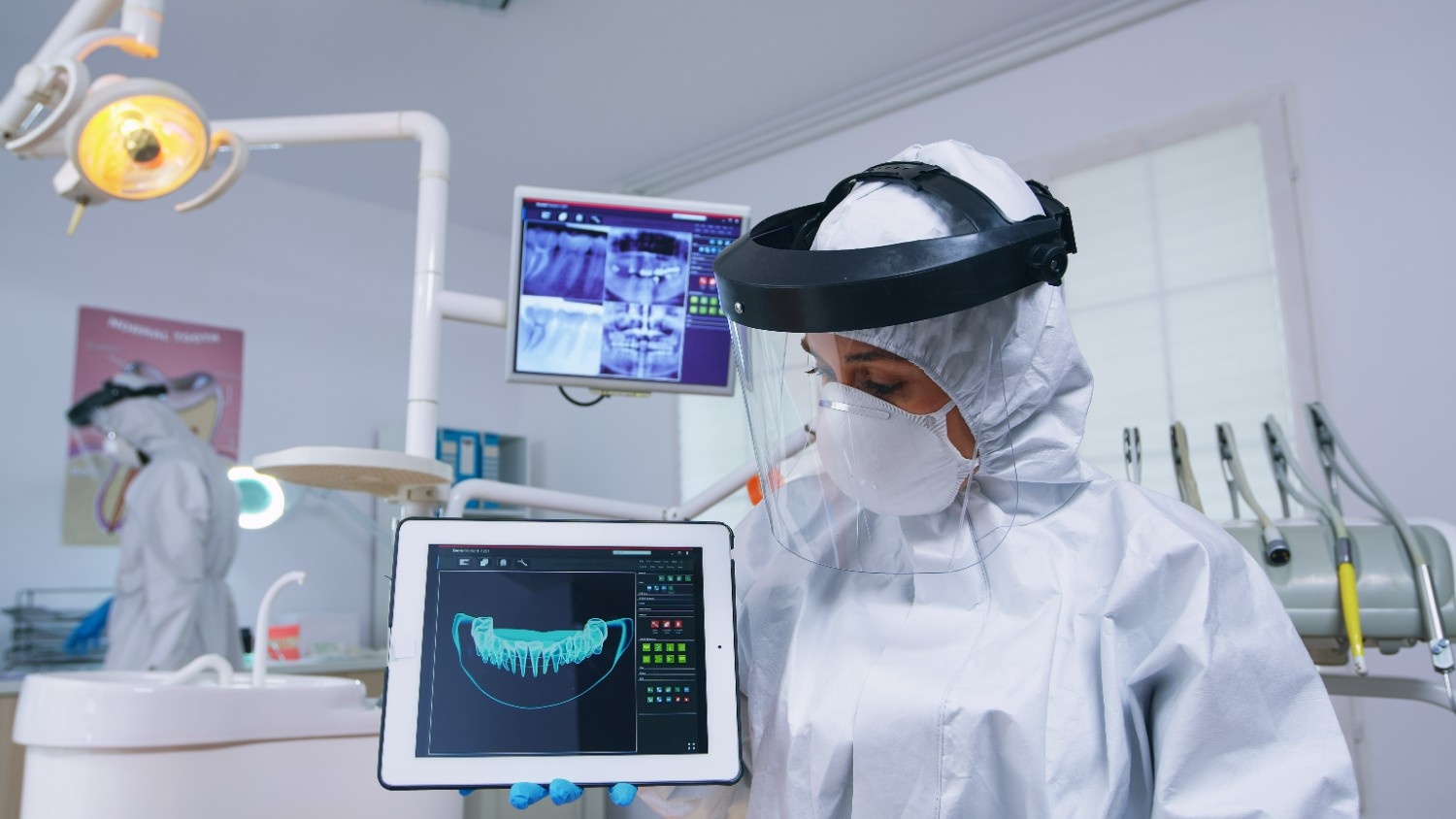Advanced Implant Dentistry: Exploring Conventional and Innovative Techniques
In the ever-evolving landscape of modern dentistry, the field of implantology continues to push boundaries, offering patients a diverse array of options for restoring their smiles and oral function. From conventional implants to cutting-edge Swiss technology and specialized techniques such as zygomatic, pterygoid, and subperiosteal implants, today's implant dentists are equipped with a comprehensive toolkit to address even the most complex cases.
Conventional Implants
Conventional dental implants represent the gold standard in tooth replacement. These titanium or titanium alloy posts are surgically placed into the jawbone to serve as artificial tooth roots. Over time, the implants integrate with the surrounding bone tissue through a process called osseointegration, providing a stable foundation for prosthetic teeth. Conventional implants offer excellent stability, durability, and aesthetics, making them a preferred choice for many patients seeking a permanent solution for missing teeth.
Swiss Technology
Swiss technology in implant dentistry represents the pinnacle of precision engineering and innovation. Leveraging state-of-the-art manufacturing techniques and high-quality materials, Swiss implant systems deliver exceptional reliability and performance. From implant design and surface modifications to instrumentation and prosthetic components, Swiss technology sets the standard for excellence in implantology. Patients benefit from advanced features such as optimized thread design, micro-roughened surfaces, and customized treatment planning, ensuring predictable outcomes and long-term success.
Zygomatic Implants
Zygomatic implants offer a revolutionary solution for patients with severe bone loss in the upper jaw who may not be candidates for traditional implant placement. These specialized implants are anchored in the dense zygomatic bone (cheekbone) rather than the maxillary bone, providing a secure foundation for prosthetic teeth without the need for bone grafting procedures. Zygomatic implants offer rapid rehabilitation and immediate loading options, allowing patients to regain their smiles and oral function with minimal surgical intervention.
Pterygoid Implants
Pterygoid implants are another innovative approach for addressing challenging anatomical situations, particularly in cases of severe maxillary atrophy. These implants are anchored in the pterygoid process, a dense bony structure adjacent to the maxillary sinus, providing exceptional stability and support for full-arch restorations. Pterygoid implants offer a reliable alternative to traditional grafting procedures and can significantly reduce treatment time and complexity for patients with compromised bone anatomy
Subperiosteal Implants
Subperiosteal implants represent a time-tested alternative for patients with insufficient bone volume for traditional implant placement. Unlike endosteal implants, which are inserted directly into the jawbone, subperiosteal implants rest on top of the bone, beneath the periosteum (the membrane covering the bone). These custom-fabricated implants are designed to conform to the contours of the jawbone, providing a secure foundation for prosthetic teeth. Subperiosteal implants offer a less invasive option compared to bone grafting procedures and are particularly well-suited for patients with significant bone resorption.






